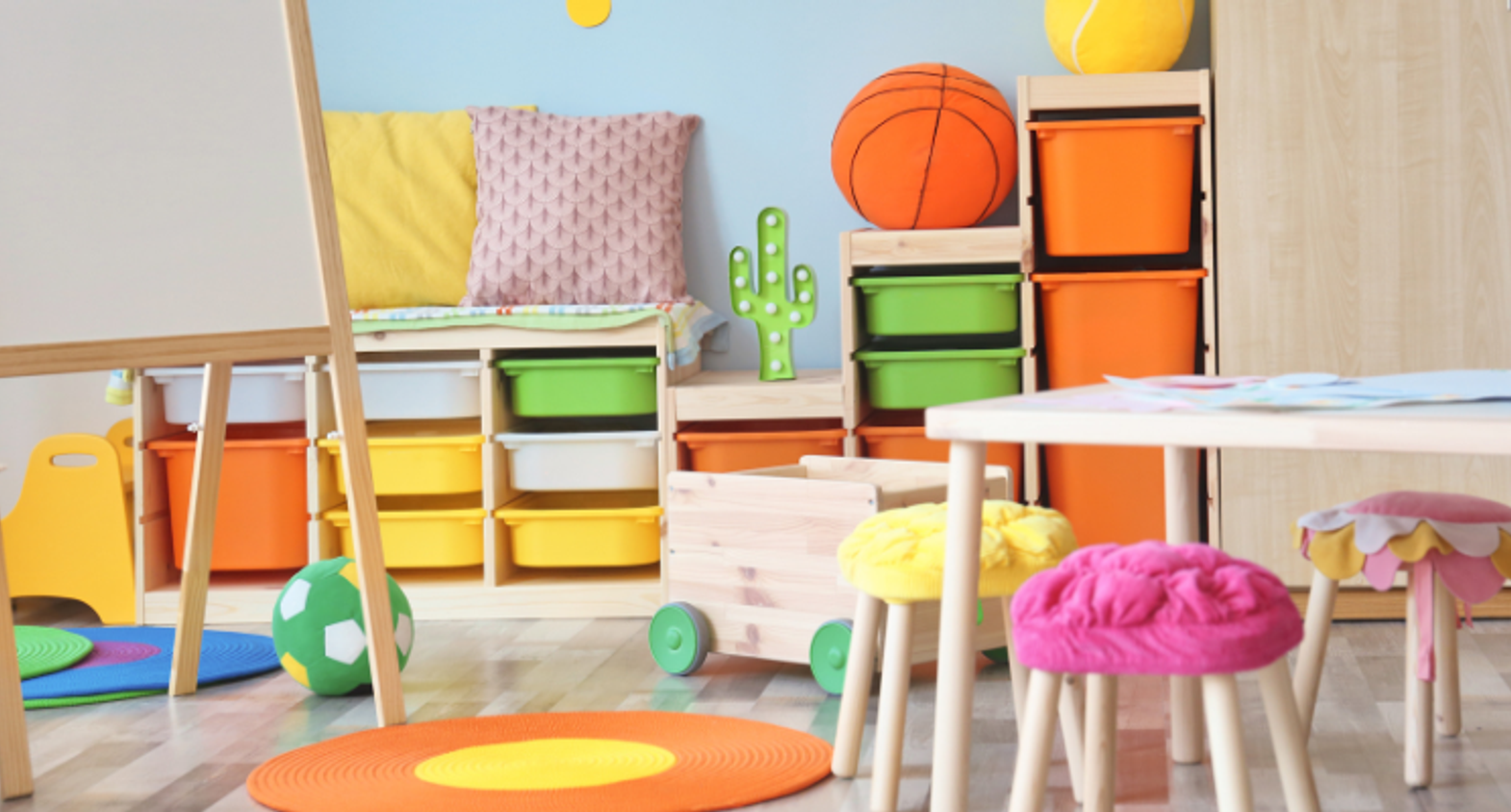The classroom is more than just four walls; it's a space where young minds come to explore, learn, and grow. As educators, the environment we create can significantly impact students' engagement and success. If you're new to the teaching world and wondering how to decorate your classroom, Dunbar Education is here with a comprehensive guide to get you started.
We've even put together some Pinterest Pins too: Classroom Organisation & Classroom Inspiration.
Start with Functionality:
Desk Arrangement: Consider different layouts like U-shape, clusters, or rows, depending on your teaching style and classroom size.
Storage Solutions: Use shelves, bins, and drawers to organise materials. Label everything for easy access.
Choose a Theme or Colour Scheme:
A cohesive theme can make the room feel unified. Whether it's a nature theme, space exploration, or literary worlds, choose something that resonates with your teaching style and subject.
If not a theme, a calming colour palette can also set the right mood.
Incorporate Interactive Spaces:
Create a reading nook or a science corner. Interactive spaces can stimulate hands-on learning and group activities.
Display Student Work:
Dedicate walls or boards to showcase students' projects and artwork. It boosts their confidence and gives them a sense of ownership in the classroom.
Incorporate Nature:
Plants can purify the air and bring a touch of nature indoors. If real plants are a challenge, consider low-maintenance ones or even quality artificial plants.
Educational Posters and Visual Aids:
Visual aids reinforce learning. Use posters, charts, and diagrams relevant to your subject. Rotate them periodically to keep things fresh.
Flexible Seating:
If resources allow, incorporate flexible seating options like bean bags, stools, or cushions. It caters to different learning styles and can make lessons more engaging.
Personalise, But Don't Clutter:
While personal touches make the space welcoming, avoid over-decorating. Too much clutter can be distracting.
Lighting Matters:
Natural light is ideal. However, if that's limited, ensure the classroom is well-lit. Consider soft lighting or fairy lights for a cozy touch.
Involve Students:
Get feedback from students or even involve them in the decorating process. It can be a fun activity and gives them a sense of belonging.
In conclusion, decorating a classroom is a blend of art and science. While aesthetics play a role, the primary goal is to create a conducive learning environment. With these tips from Dunbar Education, you're well on your way to setting up a classroom that's both beautiful and functional.
For more insights, resources, and support on classroom management and teaching, connect with the Dunbar Education team. We're here to guide and support your educational journey.
